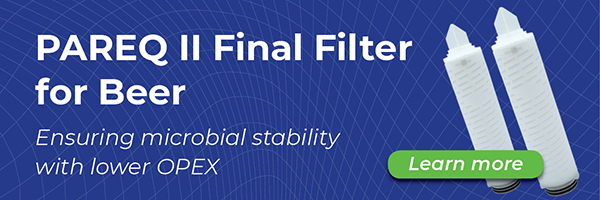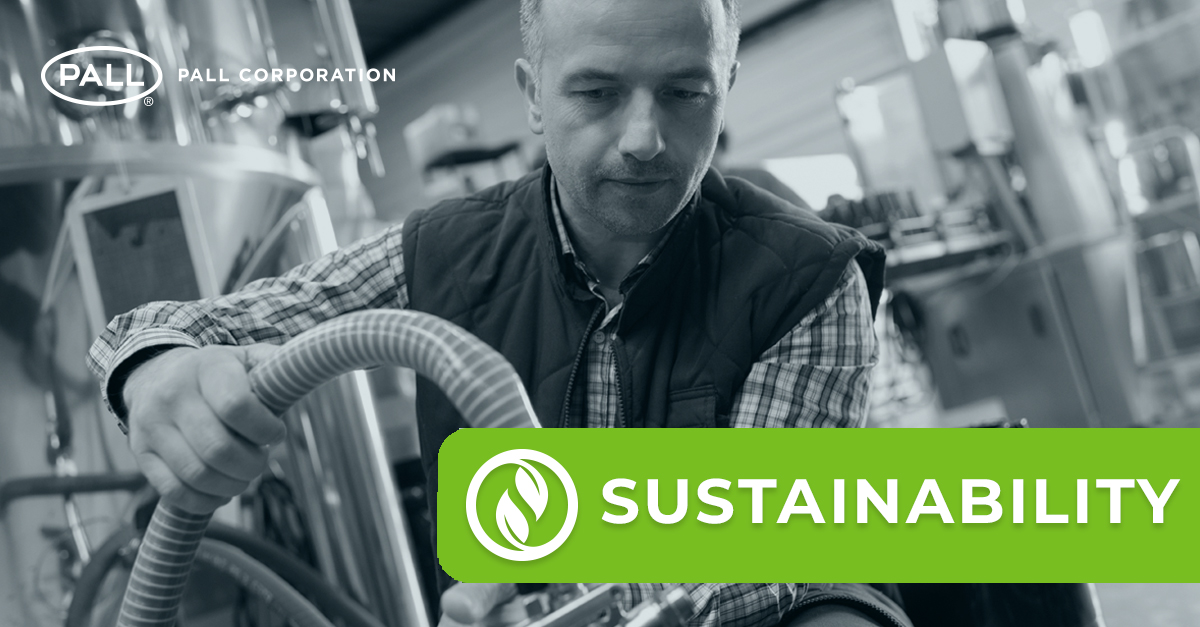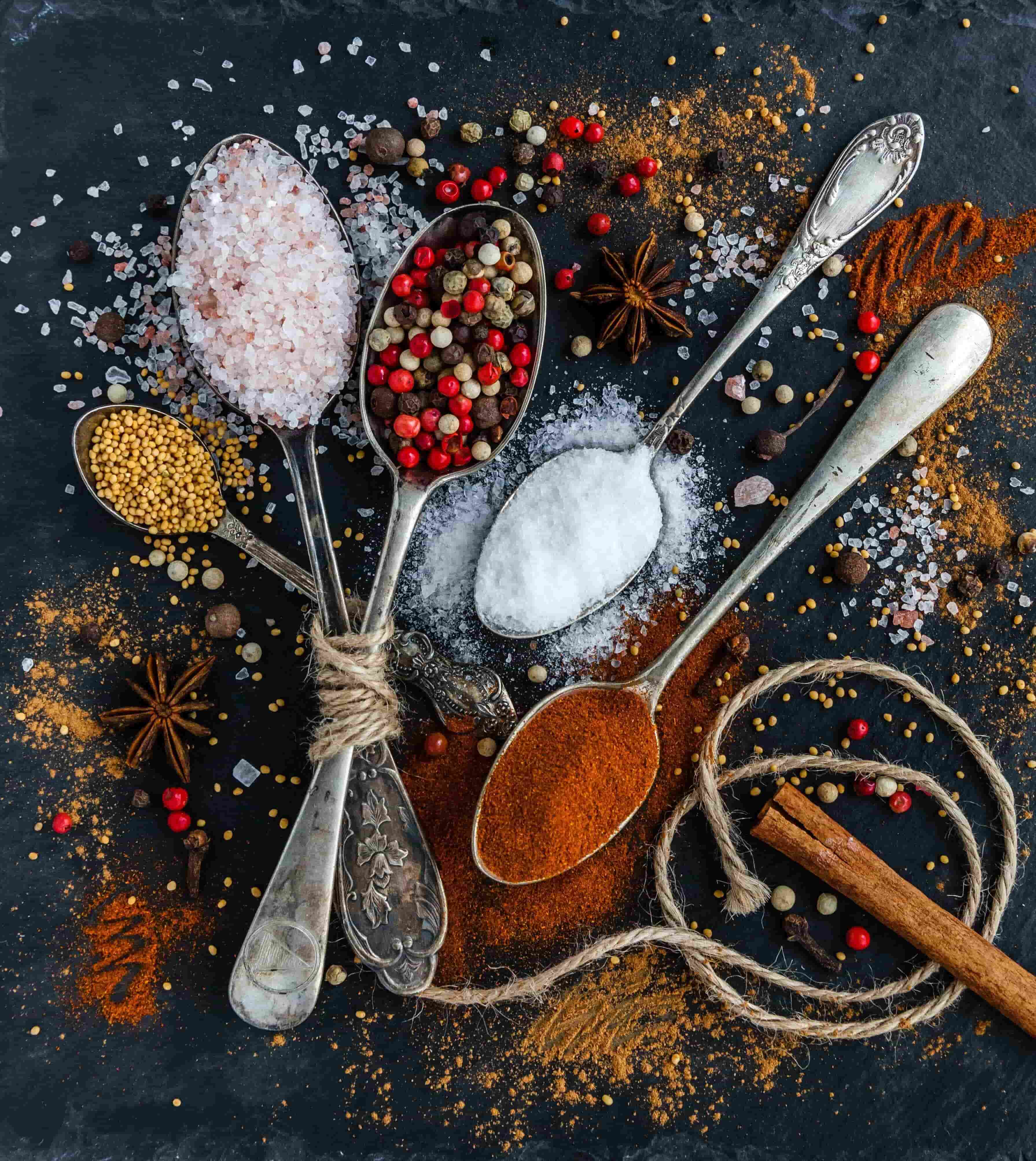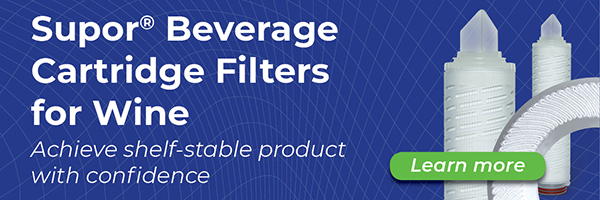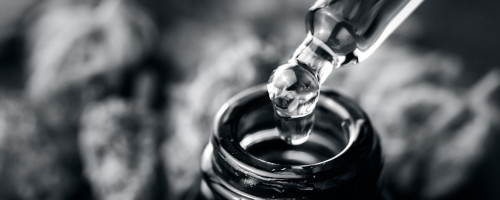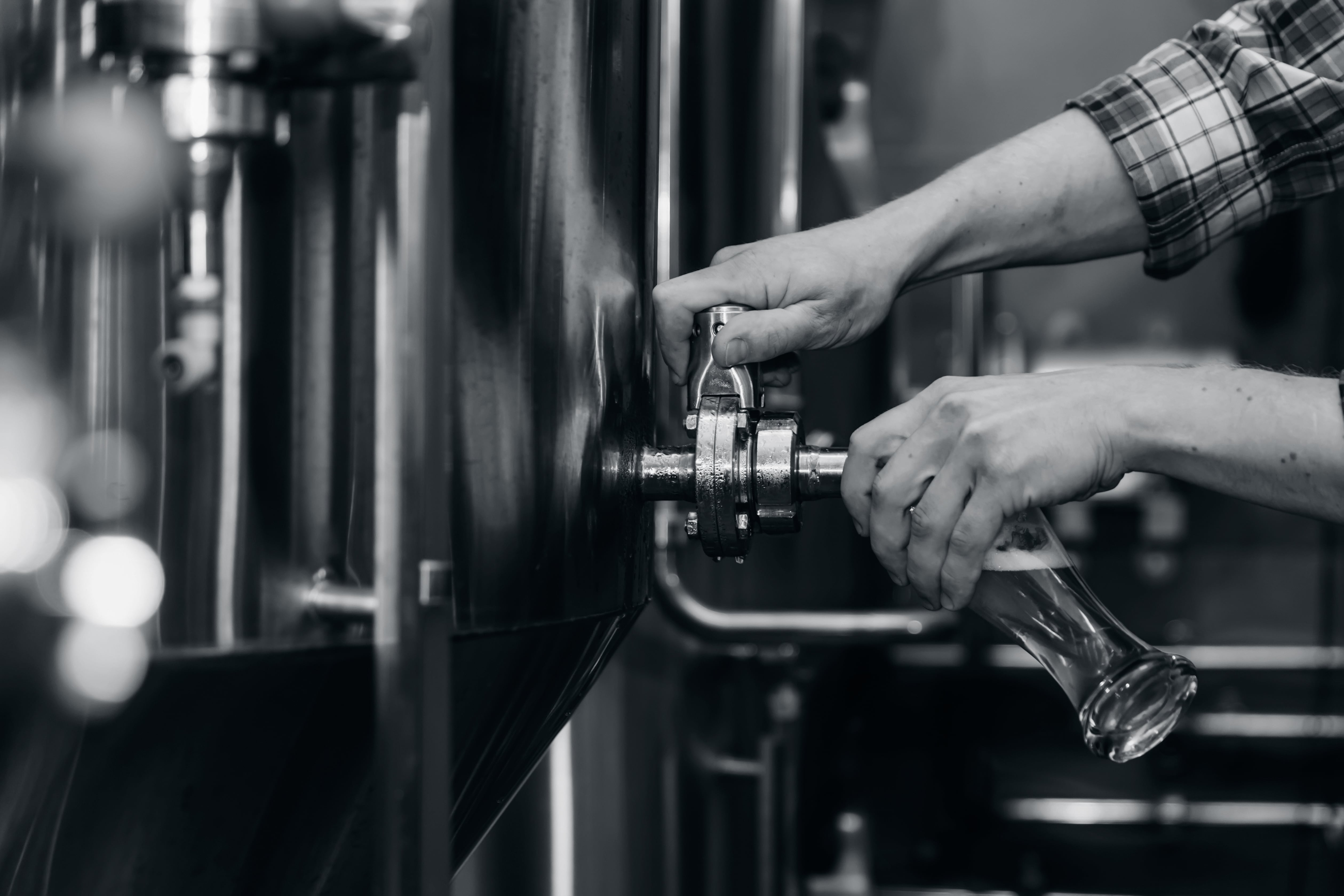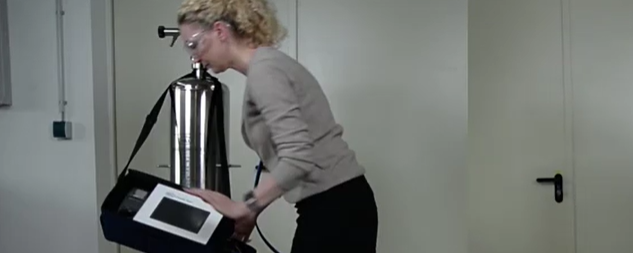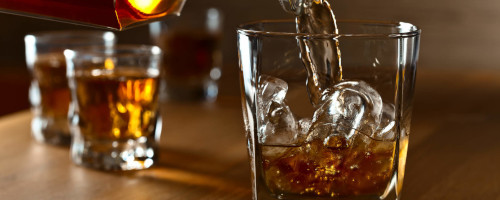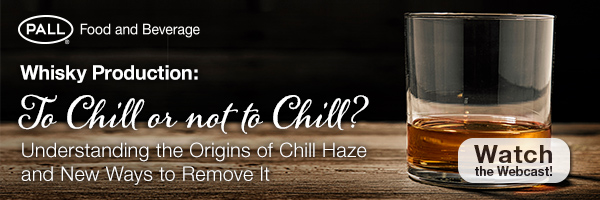
Blog
Webcast Q&A on Whisky Production: To Chill or Not to Chill?
January 20, 2020
How much longer life can you get from a SUPRApak™ module vs. sheets for chill haze removal?
- It depends on several factors such as alcohol concentration, the amount of time in barrel and the types of prefiltration in place. On average, 2x is common in spirits but experience in the field has shown up to 5x.
For the cold filtration of a whisky, what is the correct temperature to use?
- The norm is between 2 °C (35.6 °F) and -4 °C (24.8 °F).
What is the impact of chill filtration on mouth feel of spirits? Can you explain the difference between chill filtered whisky & non chill filtered characters in terms of taste & smell (sensory)? Also, consumer likes/dislikes?
- We have observed that non chill filtered whiskys have improved quality vs. the equivalent chill filtered whisky. For further information, please refer to our technical paper on the subject.
So how does one selectively remove the C16 and higher and retain the C12 and lower chain lengths?
- This relates to the carbon chain length of the fatty acid esters. The higher the net charge on the fatty acid ester, the greater the affinity it will have for an adsorptive filter material.
How do you measure in real-time the effectiveness of chill filtration during the filtration process? Which is the best equipment to measure turbidity?
- Use a turbidity meter that allows the measurement of turbidity under cooled conditions.
Do SUPRApak modules remove more shorter chained esters compared to plate & frame?
- No, they do not.
As ambient temperature can vary quite a bit, is there an indication of optimal temperature to carry out non chill filtration?
- Yes, we recommend < 20 °C (68 °F) but we have seen cases above this temperature that have also been successful.
What is defined as small batch filtration? How many gallons?
- Anything below 1,500 liters (396 gallons).
Do the punched holes in SUPRApak modules contribute to any foreign particle generation from filter media over a period of use?
- No, the particles that are on the filtrate side are flushed out during the first rinse. We have not seen a difference in particle release compared to classical flat sheets.
Will filtration reduce some of the ABV?
- No, not in our experience.
What is the smallest filter you have available for small batch volumes? (i.e. single cask and below)
- We sell SUPRApak PH Series S sized modules. The datasheet is available upon request – please contact us at foodandbeverage@pall.com.
Would SUPRApak modules also be suitable for brandy/cognac filtration when haze could be more related to polysaccharides?
- The advantage of using SUPRApak technology in all F&B liquids is the maximized access to the adsorptive capacity of the sheet media. This allows the highest removal of colloidal turbidity. Validation under your current process conditions is recommended.
Can you have a leaching back of long esters from filter sheets over time?
- In case the adsorptive capacity of the sheet media is exhausted, then pass through of long chain fatty esters will occur. This is why a monitoring of the chill haze stability is recommended using a turbidity meter.
Do the SUPRApak filters contain calcium and magnesium?
- Yes, calcium and magnesium are elements that are linked to the nature of the kieselguhrs (DE) used within the sheet matrix and also the process water used during production. An initial flush is recommended for our products. Please refer to the Instructions For Use (IFU).
What is the current percentage of chill filtered & non chill filtered scotch whisky production?
- It’s about 60% currently and still growing. New distilleries are still opening and SUPRApak modules are their product of choice. Larger distilleries are still changing over when CAPEX is available. For the changeouts of the SUPRApak modules, the control point is the differential pressure.
Do you have a reference volume of the amount of liquid that can be filtered?
- The control point should not be differential pressure, it should be turbidity.
Where are SUPRApak modules made and do they come from a sustainable and ethical source?
- The modules are produced in Bad Kreuznach, Germany. Our site holds certificates for Quality, Environmental, Energy & Health & Safety management systems. Copies of the current certificates can be downloaded via the following link.
What is the precise temperature for precipitation during chill filtration?
- The temperature of precipitation for chill haze depends on several factors and can only be determined by observation of the individual characteristics of a given product. The range we have seen is between 2 °C (35.6 °F) and -4 °C (24.8 °F). Some of the many factors affecting chill haze precipitation include the amount of exposure to oak (time in barrel and age of oak), alcohol concentration, marrying time, and the primary ingredients.
To learn more about chill haze, feel free to watch our webinar.
- Category
- Author
- Sort By
